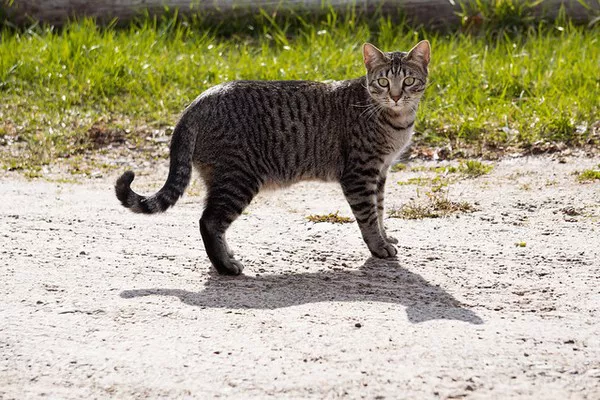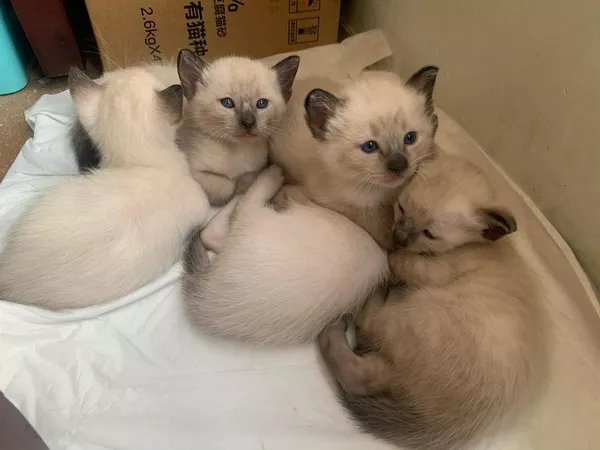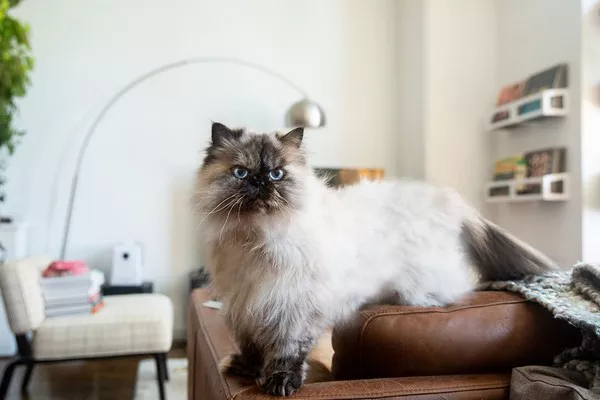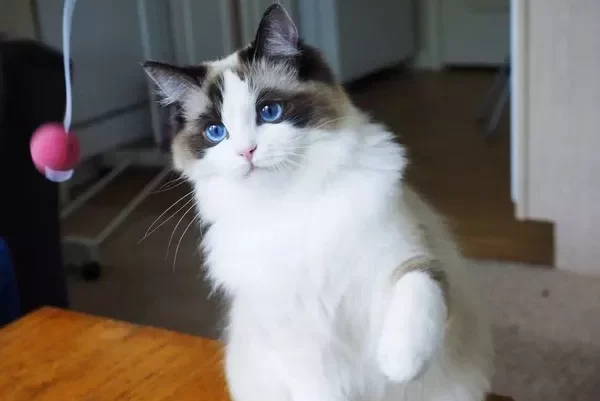Highlander cats, often referred to as “Highlanders,” are a captivating breed known for their striking appearance and unique characteristics. While relatively rare compared to some more common cat breeds, Highlanders have been steadily gaining popularity among cat enthusiasts for their distinctive traits and charming personalities. In this comprehensive breed profile, we delve into the origins, physical attributes, temperament, and specialized care requirements of Highlander cats.
Origins and History
The Highlander breed is a relatively recent addition to the world of feline breeds. It was developed in the early 2000s by crossing two existing breeds, the Desert Lynx and the Jungle Curl, with the goal of creating a sturdy and wild-looking domestic cat. The breeding efforts were focused on achieving specific physical features, including curled ears, a bobbed tail, and a strong, muscular body, reminiscent of their wild ancestors.
Highlanders were first recognized as a breed by The International Cat Association (TICA) in 2004, and they have been steadily gaining recognition and popularity ever since. These cats are often described as having a “wild appearance” due to their distinctive physical characteristics.
Physical Characteristics
Highlanders are known for their unique and striking appearance. Some key physical characteristics of this breed include:
Curled Ears: One of the most defining features of Highlander cats is their curled ears. The ears can range from a slight curl to a full 90-degree curl, adding to their distinctive appearance.
Bobbed Tail: Highlanders typically have a short, bobbed tail, which further contributes to their wild look.
Muscular Build: These cats have a robust and muscular body, emphasizing their athleticism and strength.
Large Size: Highlanders are considered a large breed, with males weighing between 12 to 25 pounds and females ranging from 8 to 16 pounds.
Coat: Their coat can be short or long, with a variety of patterns and colors. The fur is usually dense, providing protection against various weather conditions.
Temperament and Personality
Highlander cats are known for their friendly and outgoing personalities. They tend to form strong bonds with their human companions and enjoy being a part of the family. Here are some notable traits of their temperament:
Playful: Highlanders are playful cats that enjoy interactive toys and engaging with their owners in games.
Affectionate: They are often described as affectionate and enjoy cuddling and snuggling with their human family members.
Intelligent: Highlander cats are known for their intelligence and problem-solving abilities. They can be trained to perform tricks and respond to commands.
Social: These cats are social creatures and thrive on human interaction. They may become lonely or anxious if left alone for extended periods.
Curious: Highlanders have a natural curiosity and are likely to explore their surroundings, so providing them with safe enrichment activities is essential.
Care and Health Considerations
Taking care of a Highlander cat involves specific considerations to ensure their well-being and happiness:
Nutrition: Provide a balanced and high-quality diet that meets their nutritional needs. Consult with a veterinarian to determine the best food for your specific cat’s age and health.
Exercise: Highlanders are active cats and benefit from regular play and exercise. Interactive toys and climbing structures can help keep them mentally and physically stimulated.
Grooming: Depending on the length of their coat, Highlanders may require regular grooming. Brushing them a few times a week can help prevent matting and reduce shedding.
Healthcare: Routine veterinary check-ups are crucial to monitor your cat’s overall health. Discuss vaccinations, flea and tick prevention, and other healthcare needs with your veterinarian.
Safety: Ensure your home is safe for your Highlander cat. Curious cats may get into mischief, so secure hazardous items and plants out of their reach.
Companionship: Highlander cats are social animals, so consider having another pet or spending quality time with them to prevent loneliness and separation anxiety.
Training: As intelligent cats, Highlanders can be trained for basic commands and litter box training. Positive reinforcement techniques work well with this breed.
Conclusion
In conclusion, Highlander cats are a captivating breed known for their distinctive appearance and charming personalities. As their popularity continues to grow, it’s essential for prospective owners to understand their unique care requirements. With proper nutrition, grooming, exercise, and attention to their social needs, Highlander cats can thrive in a loving and caring environment, becoming cherished members of the family.



























